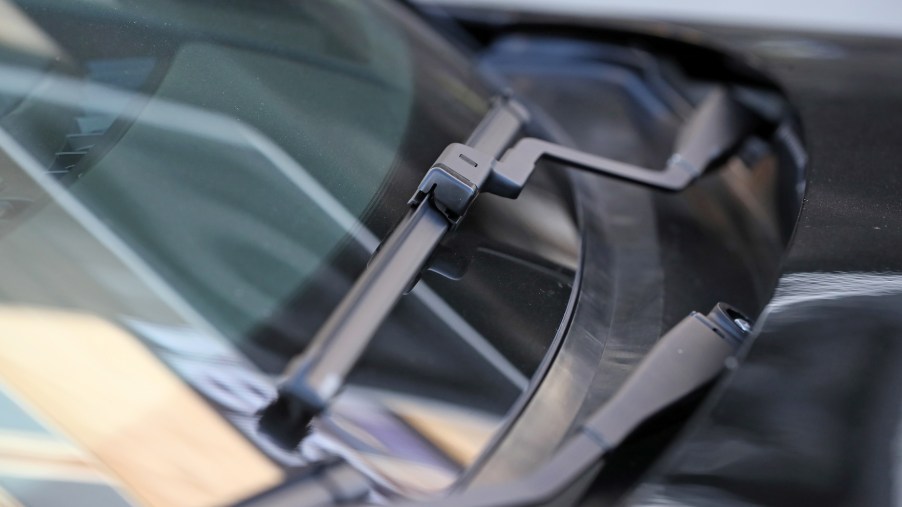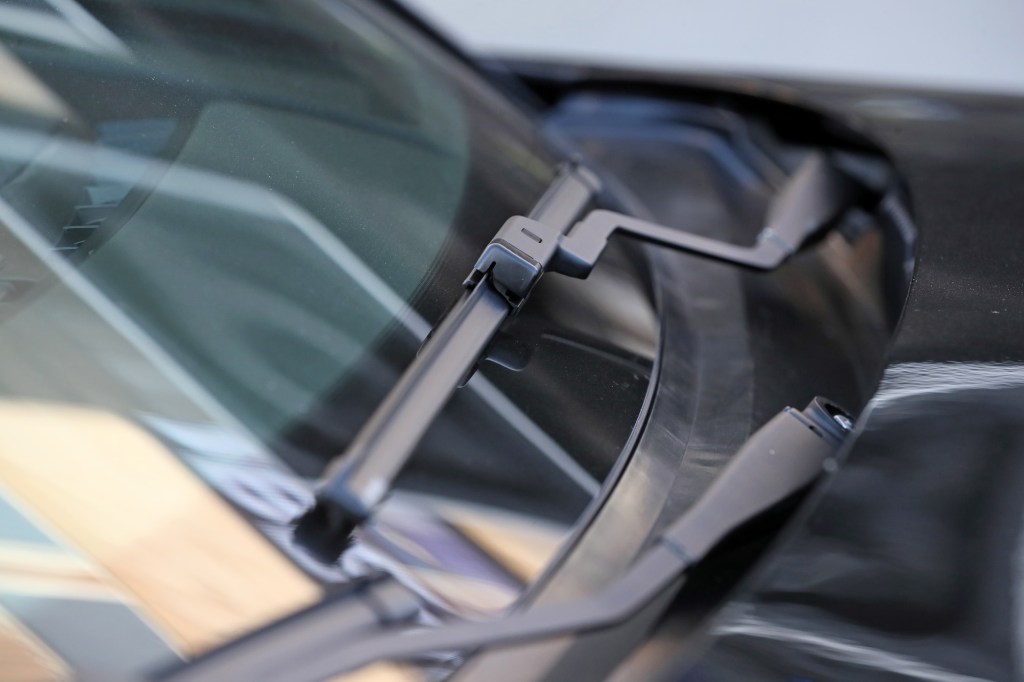
Are You Paying Too Much for Wiper Blades?
Skimping out money-wise isn’t really recommended for most car maintenance items. That’s not to say you always have to buy the most expensive racing-spec brake pads and rotors. But for the most part, spending a little more will generally improve quality and performance. However, does that really apply to something as seemingly simple as windshield wiper blades?
What goes into different wiper blades

As with your car’s paint, your windshield wipers have evolved quite a bit over the years. True, the ‘conventional’ wiper, with a rubber blade and metal frame, is still around and kicking, Roadshow reports. But now newer materials and designs have started supplanting it.
On the materials side, some wiper blades are now made of silicone, The Drive reports. Silicone remains pliable and soft even in cold temperatures, which helps it conform to the glass without scratching it. Many winter wiper blades are made of silicone for this reason. It also lasts longer than rubber, The Drive reports, though it is more expensive. In addition, some brands, most prominently Rain-X, incorporate rain repellent into their blades.
In terms of design, the traditional style is now joined by beam- and hybrid-style windshield wipers. Beam wipers have a metal strip inside the blade, which keeps it pressed evenly to the glass. However, the increased pressure does mean some materials, like sand, can get caught more easily. And they’re more expensive than traditional ones.
Meanwhile, hybrid-style wipers split the difference between traditional and beam. It has a hinged frame, like the traditional windshield wiper. But it also has a plastic cover and a beam-style blade. The cover improves aerodynamics, but also allows debris to quickly pass through. And, as with the beam wipers, hybrid-style ones are also more expensive than the traditional ones.
Windshield wiper blade price vs. efficacy
Choosing wiper blades is a bit like picking out tires. At least, in the sense that you need to know what you’ll be using them for. Some tires are better in wet weather than dry conditions, for example. Some tires are designed for summer, others for winter snow and ice.
To be sure, the differences between a summer and a winter tire are more drastic than the ones between a summer and winter wiper. A winter windshield wiper is typically sturdier, with more cold-resistant blades than a summer one, The Drive reports. But if you have mild winters, there’s no reason you couldn’t use a summer, or ‘all-season’ wiper blade year-round. And although arguably over-built, winter wipers work just fine in the summer.
But does that mean a more expensive windshield wiper is going to be more effective? It depends. Consumer Reports found that, as a whole, the more expensive beam-style wipers did perform “as well or better” than the conventional ones. However, the cheapest beam-styles wiped worse than the conventional wipers.
This plays out in the widely-recommended wiper blades. Roadshow, Wirecutter, The Drive, and AutoGuide all place the Bosch ICON beam-style windshield wipers close or at the top. However, for my NB Miata, that’s $50 for new wiper blades. But, if I were to use the recommended budget conventional blade from Anco, I’d pay less than half as much.
But what about Rain-X wiper blades? They cost roughly the same as, or a little more than, the Bosch ones. And I have used them before on my NB. They’re not quite as good at clearing ice and snow as the Boschs, Roadshow reports. But they genuinely do apply rain repellant to your windshield, and in all but torrential downpours, I never had a problem.
Replacement tips and advice
Actually, I did have one problem with the Rain-X wipers—a self-afflicted one. Yes, silicone beam wiper blades are kinder to your windshield. But only if you remove the yellow edge protectors first. I’m embarrassed to admit it took me a week before I realized they weren’t part of the blades. At which point, I’d scraped my Miata’s windshield a bit.
But there are a few other things to keep in mind when changing your windshield wiper blades. Firstly, know the signs that the blades need to be replaced. On average, Autoblog reports, blades last 6-12 months, though CR found after 6 months, performance gets noticeably worse. However, if you’re noticing streaking a lot of patches or streaks, or hear a screeching noise when the wipers work, they need to be replaced, YourMechanic reports.
Secondly, know if your car requires specific brands or kinds of blades. For example, some Mercedes cars’ wipers have holes for the wiper fluid to spray out of. That’s not a feature most blades support.
Finally, know what kind of mount your windshield wipers use. Haynes lists 6 different types of wiper mounts, the most common being bayonet, J hook, and side post, Autoweek reports. Some wiper blades include adapters for these different mounts. But others, though, are mount-specific.
Follow more updates from MotorBiscuit on our Facebook page.


